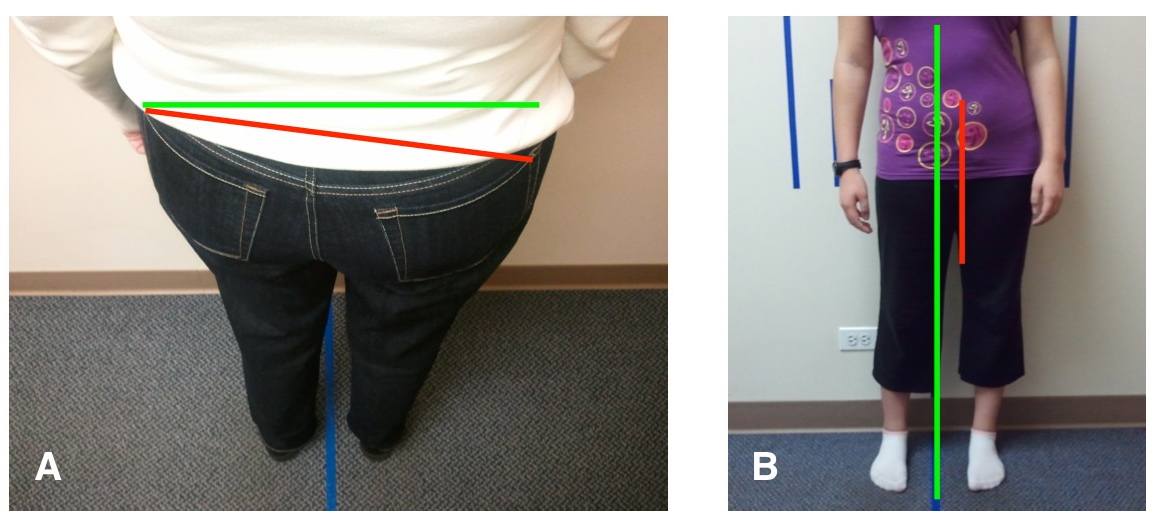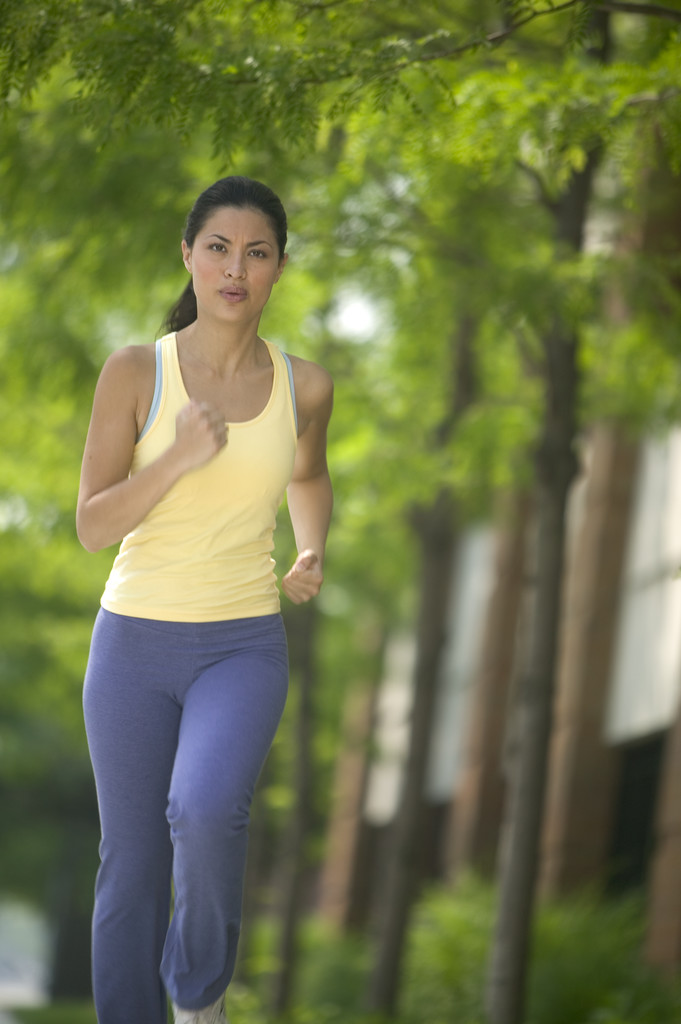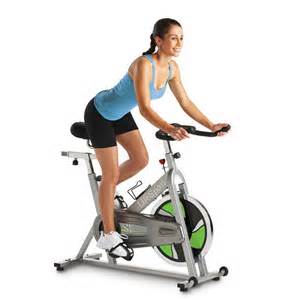
Peak Sports Performance and Sports Injuries Part 2: The Role of Chiropractic in Maximizing Sports Performance
Most sports involve throwing, catching, running, jumping, kicking or swinging a bat, stick, club or racket to hit an object. These movements require the generation and transfer of force (energy) through the body to accomplish these tasks. Many sports involve the transfer of force from the feet through the hips and core to the shoulder, arm and hands. A few examples of this include a quarterback throwing a pass, a baseball player swinging a bat, or a gymnast performing a backflip. If an athlete can efficiently transfer forces through their body, they will be able throw harder, jump higher, hit a ball further and run with explosive power. In all athletic movements, energy transfer must flow efficiently without interruption for peak sports performance.
If an athlete is unable to efficiently transfer energy through their body when throwing, running, jumping, kicking or swinging, movement scientists call these “energy leaks” or “power leaks.” Energy leaks will certainly diminish an athlete’s strength, speed, power (strength+speed) and endurance. This will reduce sports performance and may even promote sports injuries.
Below is a nice YouTube video we found showing one of the most common energy leaks of the lower extremity. Observe the knee buckle inward during a single leg jump. It is the most obvious and severe in the first young girl in the video.
There are three very important neurological and mechanical factors that can cause “energy leaks” which can ultimately lead to reduced athletic performance:
Motor (Muscle) Control. All movements, not just in sports, are the result of muscle contractions directed by the brain and nervous system. This is motor control. The majority of human movement does not involve isolated muscle contractions. Movement is a highly orchestrated event that involves the use of several hundred muscles that are contracting in a particular order, with proper timing and force. If you picture a golfer hitting a golfball, the motor control of all muscles involved in the backswing, downswing and follow-through must be very precise in order to make square contact with the ball and hit it 300 yards down the middle of the fairway. Good motor control can be the difference between this result and slicing the ball into the woods. In order for athletic movements to be coordinated, powerful, and accurate, motor control must be optimal to keep energy leaks to a minimum.
Alignment. Bone and joint alignment must be as near normal as possible in the natural standing position (normal spine and posture alignment). Bone and joint alignment must also maintained during movement. If alignment is not maintained, it will reduce energy transfer, sports performance and may increase the risk of injury.
Mobility. Joint mobility, or freedom of movement, must be normal and symmetrical throughout all joints of the body. Most sports require the athlete to move their body into positions that challenge their flexibility. If there is a limitation in an athlete’s joint mobility, it may reduce energy transfer, sports performance and may increase the risk of injury.
Examples of loss of hip mobility that can affect sports performance. Photo C: Loss of right hip extension (red line). Photo D: Normal hip rotation on the right. Photo E: Loss of hip rotation on the left.
A vital key to peak sports performance is to identify and reduce energy leaks as much as possible. Chiropractors can play an integral role in sports because they treat the mechanical factors that create energy leaks which degrade athletic performance. Peak sports performance is all about establishing a foundation of symmetrical alignment, mobility and motor control first followed by building strength, speed, power, and endurance.
Chiropractic is so important that many sports teams on the high school, collegiate, olympic, and professional levels have chiropractors to help maximize performance, prevent injury, and treat injuries when they occur.
In part 3, we will discuss the role of chiropractic in sports injury treatment and prevention.




